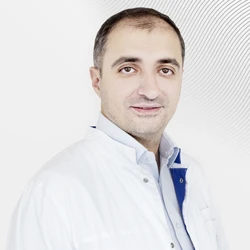According to WHO, 12% of the world's population suffers from hearing disorders (hearing loss), regardless of age.
The causes may be congenital pathologies, hereditary diseases, previous infections, diseases of the cardiovascular system, age-related changes, as well as stress and injury. Violations can be both temporary and permanent. Timely diagnosis will allow you to find the cause of hearing loss and correct violations without bringing the situation to a critical one. The sooner violations are identified, the easier it will be to protect yourself from negative consequences. Providing timely assistance to people suffering from hearing loss helps to prevent a number of social, psychological, educational and medical problems that arise in such cases.
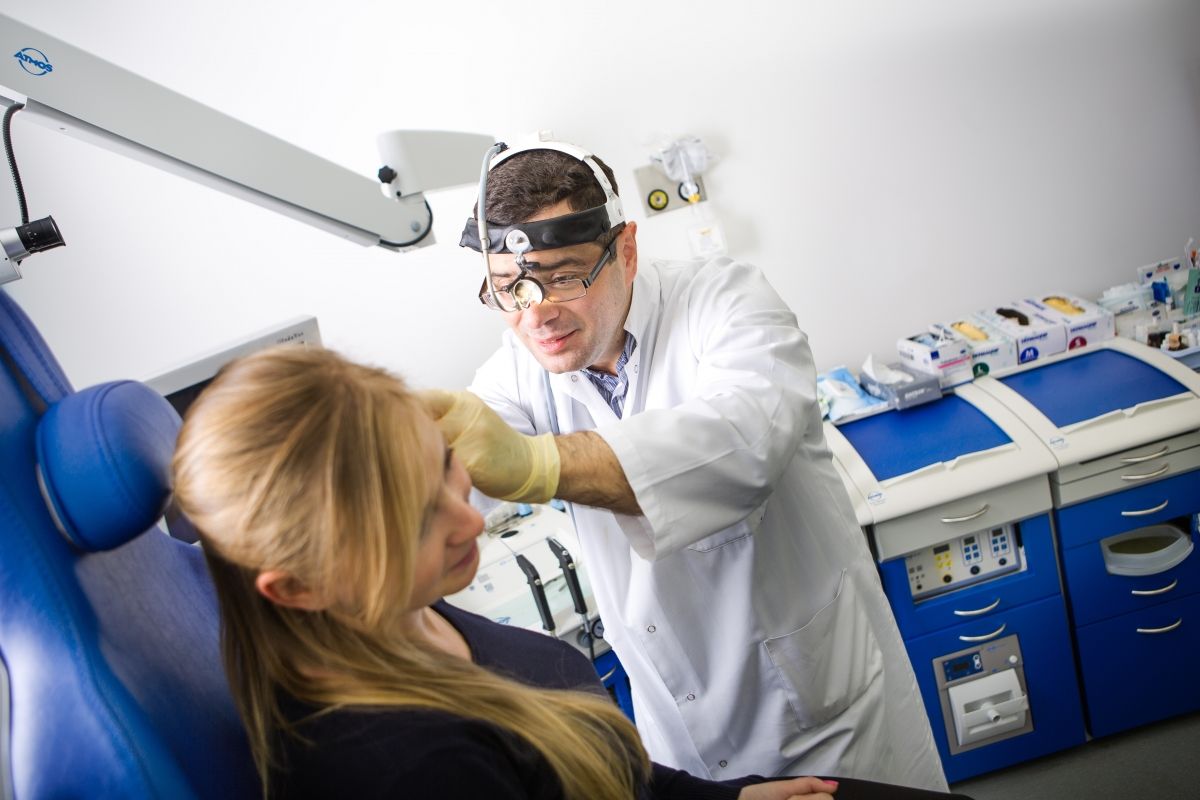
There are several types of hearing disorders:
- Sensorineural hearing loss. In this case, the hair cells of the snail are destroyed. This type of hearing loss in a chronic condition has practically no effective drug treatment. With congenital sensorineural deafness, cochlear implantation is performed – the installation of an electronic system directly into the inner ear.
- Conductive hearing loss. In this case, the mechanical conduction of sound waves in the structures of the outer and middle ear is difficult.
- Mixed form of hearing loss with signs characteristic of conductive and sensorineural hearing loss.
Modern research methods used at the European Medical Center make it possible to establish a diagnosis as soon as possible and draw up an individual plan for restoring hearing function for each patient (treatment, surgery, traditional hearing aids, implantation prosthetics, perception development techniques).
What is hearing replacement?
Hearing replacement is a method of correcting impaired hearing function using hearing aids. It can be traditional or implantation.
Traditional hearing aids:
- behind-the-ear: classic, micro (so-called "open prosthetics", with a remote receiver);
- intra-ear;
- in-channel.
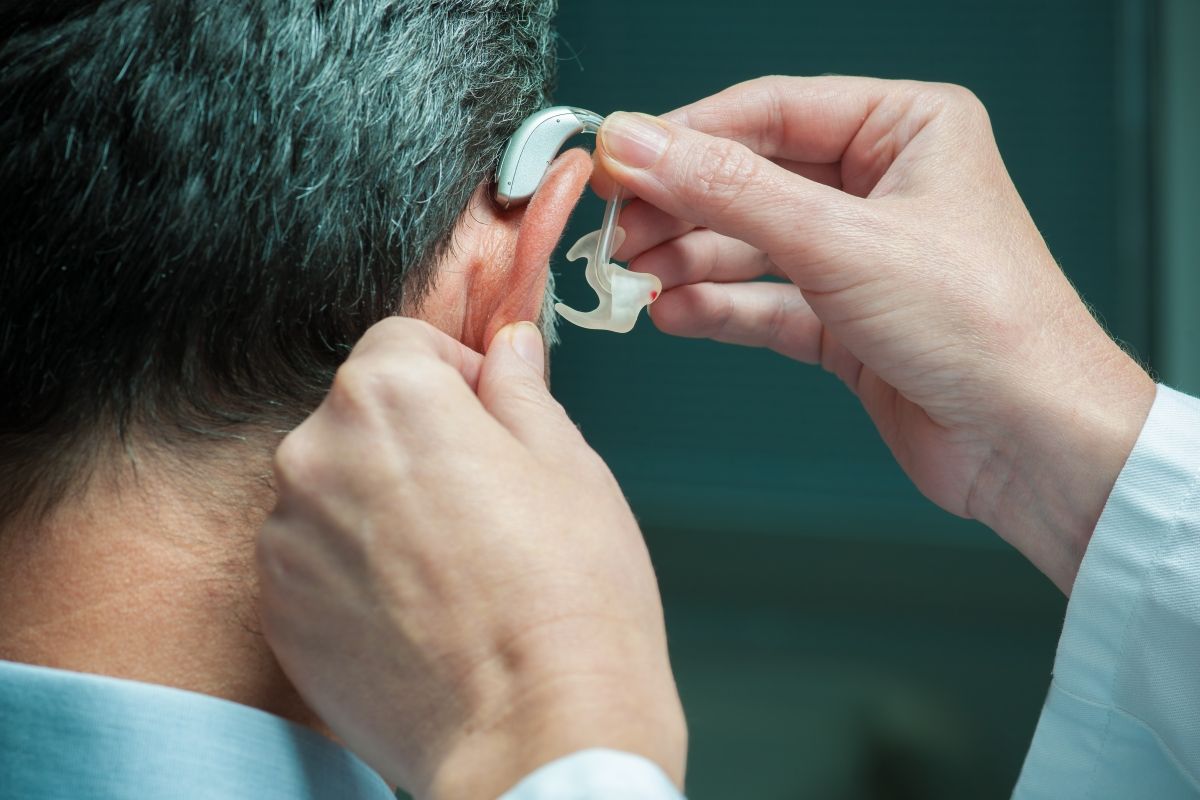 Behind-the-ear hearing aids are used most often because they are easier to operate.
In-ear devices come in various models and sizes, up to the "nano" version (almost invisible). They are located in the external auditory canal and transmit the amplified sound directly to the eardrum.
Behind-the-ear hearing aids are used most often because they are easier to operate.
In-ear devices come in various models and sizes, up to the "nano" version (almost invisible). They are located in the external auditory canal and transmit the amplified sound directly to the eardrum.
In-ear hearing aids can be attributed to the latest achievements of medicine. They are located inside the auditory canal and are almost invisible to others.
During implantation prosthetics, a part of the hearing aid is implanted into the structures of the middle or inner ear. Implantation devices are indicated if, for some objective reason, it is not possible to achieve the desired effect using traditional prosthetics (for example, in patients with chronic otitis externa, when the devices are very uncomfortable in the ear) .
Hearing replacement can be monaural, when one hearing aid is enough for the patient, and binaural, when hearing aids are installed in each ear. The main indication for binaural hearing replacement is symmetrical hearing loss.
An indication for choosing a hearing aid for adults is hearing loss of more than 30 dB in the speech range.
There are no contraindications to the hearing replacement procedure.
Why do our patients trust us?
- All types of diagnostics.
The modern diagnostic base of the European Medical Center in Moscow allows conducting any examinations as quickly and efficiently as possible.
EMC doctors use modern examination methods (registration of auditory evoked potentials and otoacoustic emission, impedancometry). After the examination, the EMC audiologist develops a hearing restoration plan for each patient. Thanks to a competent combination of various techniques, our specialists manage to achieve good results even in the most difficult cases.
- World-renowned otosurgeons with many years of experience in leading clinics in Europe.
In November 2008 Jean-Rene Millier, an EMC otorhinolaryngologist, successfully performed an operation to install a Vibrant Med hearing implant for the first time in Moscow- El.
- A full range of hearing loss correction techniques.
Hearing loss has sensorineural and conductive components, each of which has its own tactics – drug treatment, surgery, prosthetics. The EMC employs a team of qualified specialists, consisting of otorhinolaryngologists, an audiologist, a hearing prosthetist, and ENT surgeons who are proficient in all modern hearing loss correction techniques:
- reconstructive surgery on the outer and middle ear;
- hearing replacement using modern hearing prostheses.
- Cooperation with a leading manufacturer of hearing aids.
The selection of hearing aids is carried out strictly according to the technology recommended by the manufacturer, with mandatory trial wear and corrective adjustments.
Based on the results of the examination, the computer program sets parameters for a specific model of the device, which the doctor can adjust if necessary. The patient has the opportunity to evaluate the sound quality, choose the model and appearance of the device.
The experience of the doctors of the European Medical Center allows you to install any type of hearing aids – micro-ear (open prosthetics) and behind-the-ear using individual earplugs, devices with remote receiver technology, individual in-ear devices. Remote controls and wireless communication systems can be used to provide even greater convenience and comfort. It is possible to manufacture miniature in-channel devices that combine a cosmetic effect with natural sound quality.The specialists of the European Medical Center know all the techniques used in the first and second stages of universal audiological screening of newborns and children in the first year of life.
Where should I start?
First of all, you should contact the EMC otorhinolaryngologist for an examination. Diagnosis of hearing disorders in children is possible at any age.
Any hearing prostheses, including the most modern ones, will be effective only if certain rules are followed at all stages: diagnosis, selection of the optimal model, otoplasty, adaptation period, determination of the optimal mode of planned settings.
The patient feels an improvement in speech perception already at the first setting of the device, although an adaptive mode for selecting amplification parameters is usually used. Taking into account the additional settings (2-3), by the half-year of using the device, patients experience all its capabilities as efficiently as possible.Timely high-quality hearing replacement makes it possible to maintain the quality of life, work and familiar social circle, preserve the nervous system (their own and loved ones), for children - the opportunity for speech development, education and communication with peers, which significantly affects the overall level of development of the child.
Hearing acuity does not affect life expectancy, but it significantly affects its quality. Therefore, timely restoration of hearing in one way or another is a prerequisite for achieving the desired quality of life in all age groups.
Author:Evgeniya Tsygankova, otorhinolaryngologist, doctor of the highest category, PhD






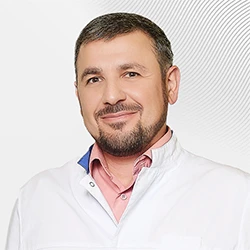





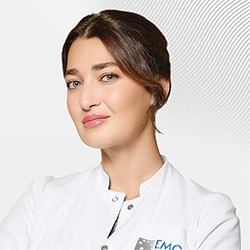
.webp)


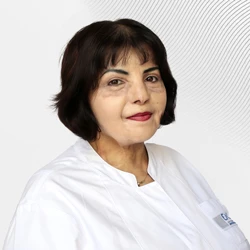
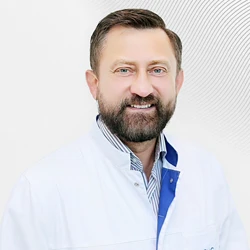
.webp)
